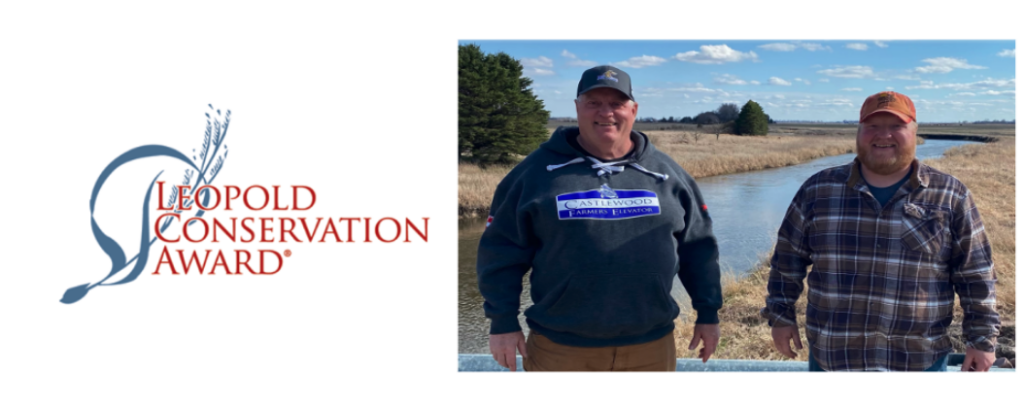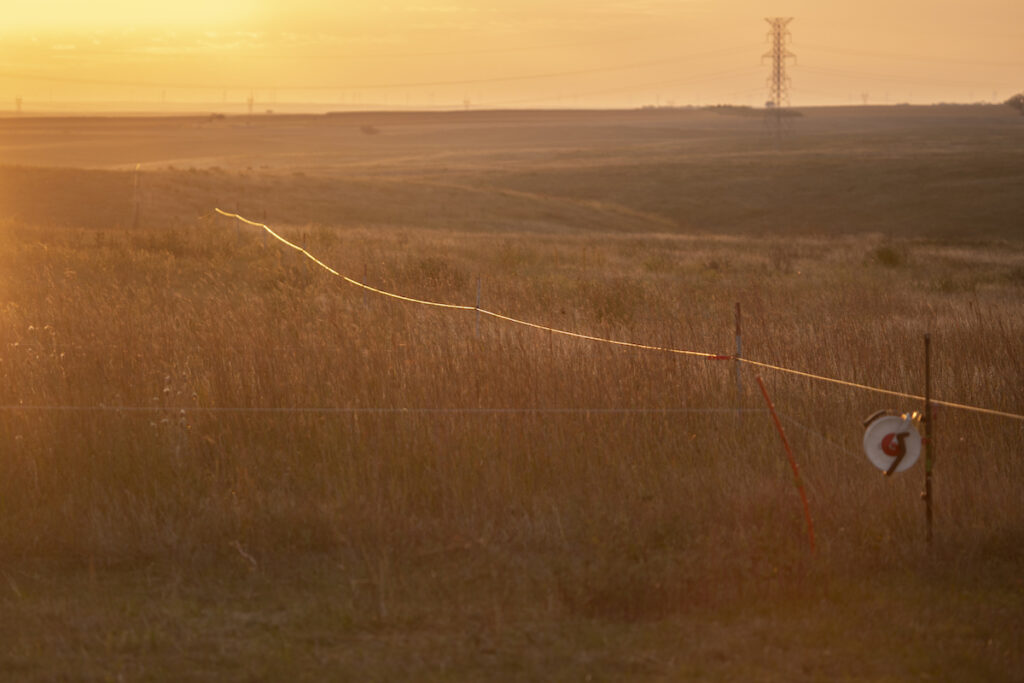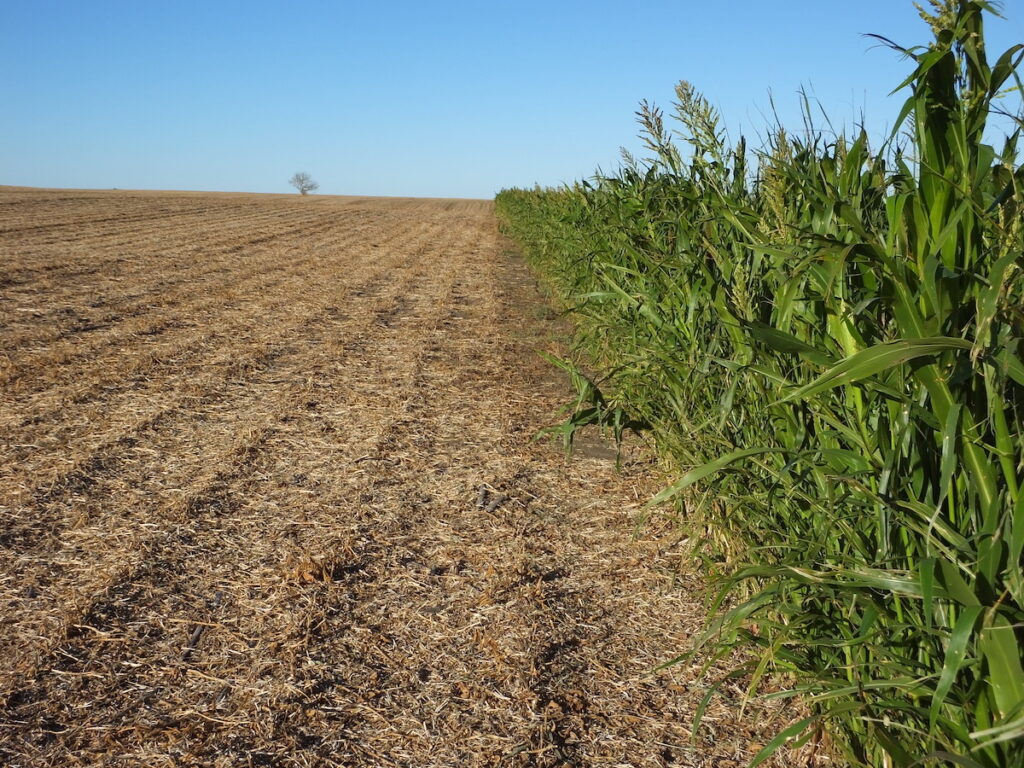The Aldo Leopold Award for Conservation has been given in South Dakota for 15 years now. The 2024 recip- ients are father and son duo Barry and Eli Little of Blioux River Ranch located northwest of Castlewood, SD. Blioux River Ranch is a diverse grain and livestock operation with decades of conservation history that turned into true passion for soil health over the past 10 years.Clay Conry, of Working Cows Podcast, moderated the webinar. Clay initially asked each rancher how they manage drought on their ranches. Then participants in the webinar followed up with questions for Jim and Alejandro.
Blioux River Ranch Leopold Tour Read More »










